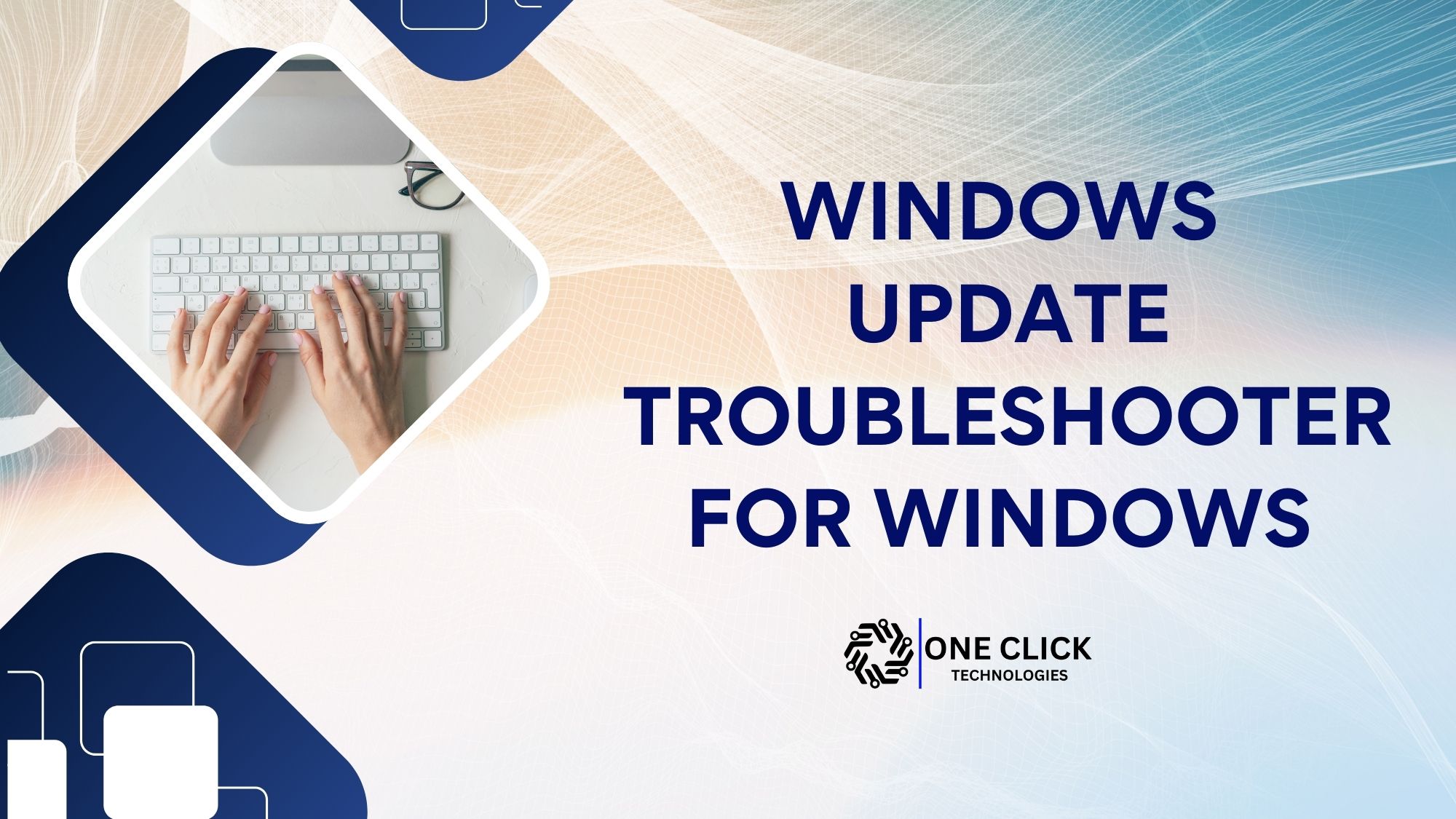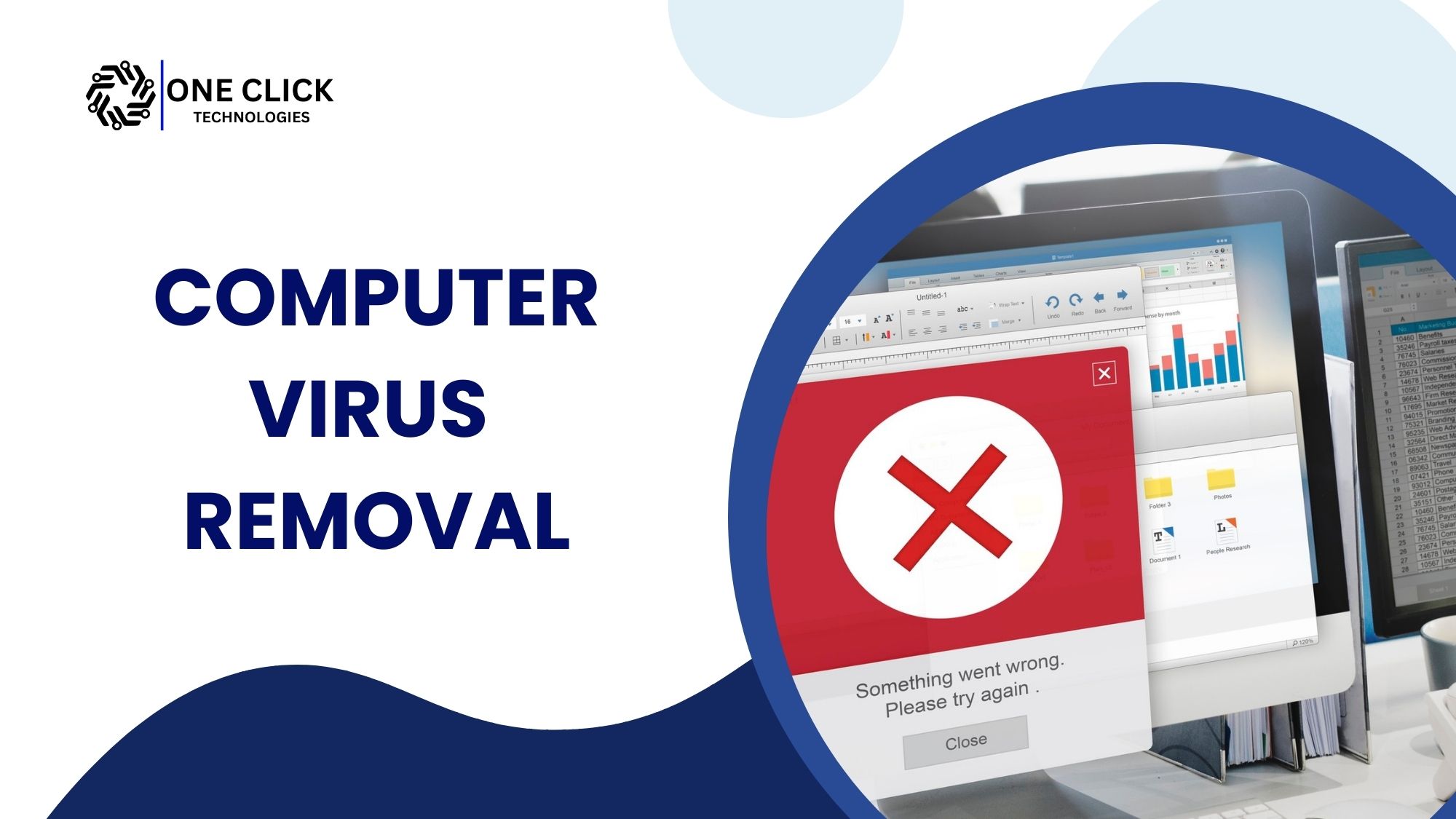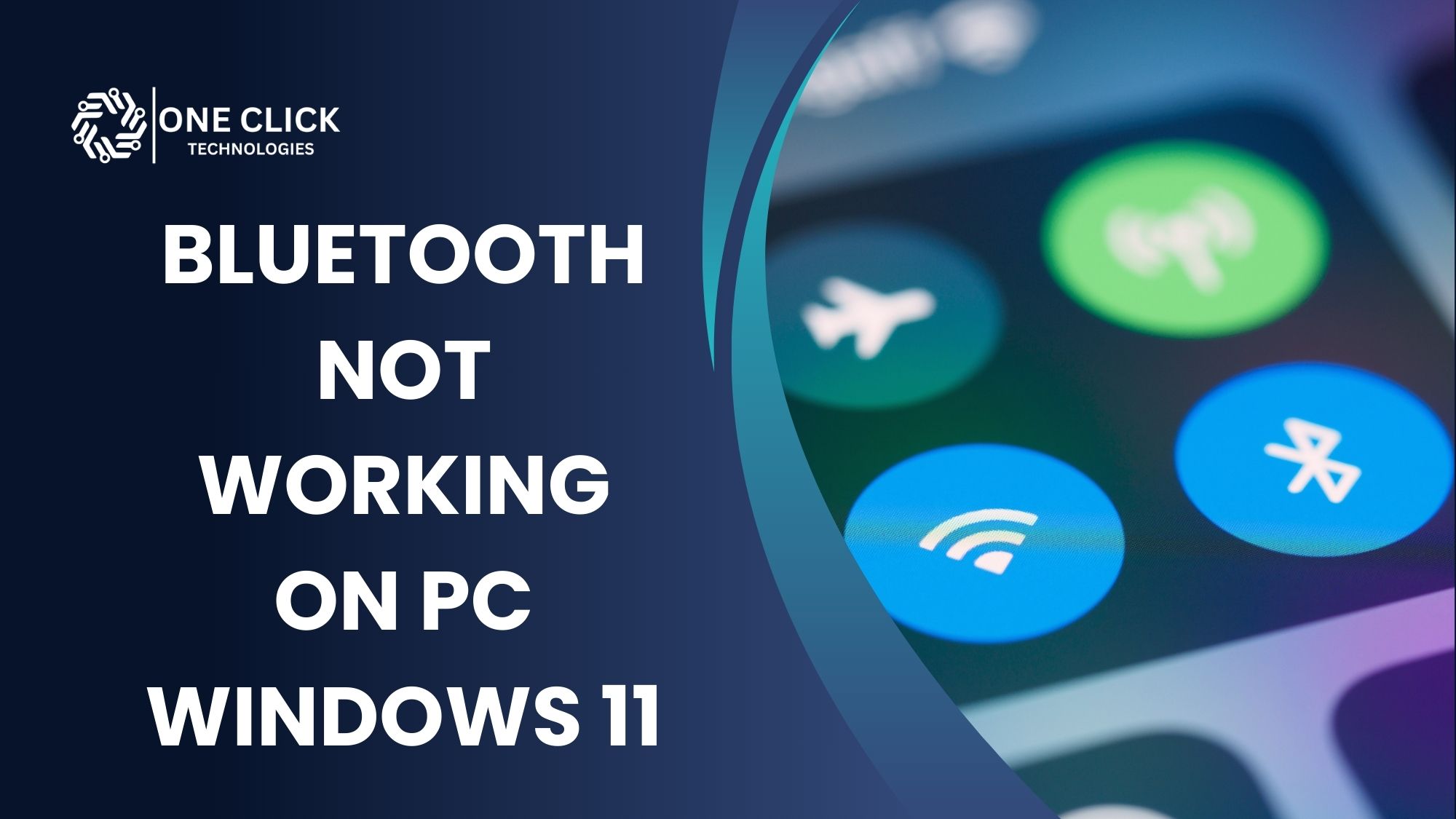Table of Contents
The “Windows update access denied” error usually occurs due to missing system permissions, corrupted files, or blocked update services. If you’re seeing this frustrating message, you’re not alone. This common issue can prevent your computer from updating properly and leave you wondering what went wrong. Thankfully, there are several ways to fix it, even without advanced technical skills.
In this blog, we’ll walk you through the common causes behind this error and give you simple, step-by-step methods to regain access and successfully update Windows. Whether you’re using Windows 10 or Windows 11, this guide will help you resolve the issue and get your system running smoothly again.
What Does “Windows Update Access Denied” Mean?
When Windows tries to install a new update, it needs access to specific system files, folders, and services. If Windows Update doesn’t have the proper administrator permissions, or if your user account is restricted, the process fails, and you’ll see the dreaded access denied error message.
This error usually appears when:
- You don’t have administrator privileges
- The update files are corrupted
- Your antivirus software is blocking access
- A system file or folder is inaccessible
- The Windows Update service is not working properly
Common Causes Behind the “Access Denied” Error
Insufficient Permissions
One of the primary reasons for this issue is that your user account does not have the necessary administrative privileges. When you are using a standard account instead of an administrator account, you may not have permission to modify system settings or install updates. Windows requires elevated permissions to make changes to the system, and lacking these permissions can lead to an access denied error during the update process.
Corrupted System Files
Windows depends on essential system files to function properly. If any of these files are corrupted or missing, it can disrupt normal operations, including updates. Corruption can happen due to malware infections, abrupt shutdowns, or failed previous updates. When the update process encounters corrupted files, it may throw an access denied error to protect system integrity.
Third-Party Antivirus or Security Software
Security software plays a vital role in protecting your system from threats. However, sometimes these programs can be overly protective and mistakenly block Windows components. Your antivirus might prevent Windows Update from accessing or modifying necessary files or folders. This interference can result in denied permissions and update failures.
Permission Issues with Folders
Windows Update stores temporary files in specific directories like C:\Windows\SoftwareDistribution. If these folders have incorrect or restricted permissions, the update process may be blocked. The system must have the ability to read from and write to these directories to complete the update. In some cases, user accounts lose access to these folders due to manual changes or system errors.
Disabled or Misconfigured Services
Windows Update depends on a set of services running in the background. These include the Windows Update service (wuauserv), Background Intelligent Transfer Service (BITS), and others. If any of these services are disabled, misconfigured, or not starting automatically, it can prevent updates from being installed and result in access denied errors.
How to Fix “Windows Update Access Denied” – Step-by-Step Solutions
Step 1: Log in as an Administrator
Start by ensuring that you are using an administrator account. Without administrator privileges, you cannot perform updates or make system-level changes.
To verify your account type:
- Press
Windows + R, typenetplwiz, and press Enter. - In the User Accounts window, select your username.
- Check if the account type is listed as Administrator.
If not, switch to or request access to an administrator account.
Step 2: Run Windows Update Troubleshooter
Windows has a built-in tool that can automatically detect and fix issues related to Windows Update.
To run the troubleshooter:
- Go to Settings > System > Troubleshoot > Other troubleshooters.
- Locate Windows Update and click Run.
- Follow the prompts and allow the tool to identify and resolve issues.
This is a quick way to fix common update errors without deep technical intervention.
Step 3: Run SFC and DISM to Repair System Files
System File Checker (SFC) and Deployment Image Servicing and Management (DISM) are two command-line utilities used to repair corrupted system files.
- Open Command Prompt as Administrator:
- Click Start, search for “Command Prompt”, right-click, and choose Run as administrator.
- Run SFC by typing:
sfc /scannow- Wait for the scan to complete and fix any detected issues.
- Next, run DISM:
DISM /Online /Cleanup-Image /RestoreHealth- This tool checks for component store corruption and repairs the Windows image.
Step 4: Check and Modify Folder Permissions
To ensure that Windows Update has access to the required folders:
- Navigate to
C:\Windows\SoftwareDistribution. - Right-click the folder and select Properties.
- Go to the Security tab.
- Click Edit, then select your user account.
- Check Full control, then click Apply and OK.
Repeat this for C:\Windows\System32 If necessary. Granting full control can eliminate permission-related errors during the update process.
Step 5: Temporarily Disable Antivirus or Security Software
If your antivirus software is causing conflicts, temporarily disable it during the update process.
- Open your antivirus program.
- Look for settings related to real-time protection.
- Temporarily turn it off.
- Reattempt the Windows Update.
After completing the update, make sure to re-enable the antivirus software to maintain your system’s protection.
Step 6: Reset Windows Update Components Manually
If Windows Update components are corrupted, you can reset them manually:
- Open Command Prompt as Administrator.
- Enter the following commands one at a time:
net stop wuauserv net stop cryptSvc net stop bits net stop msiserver ren C:\Windows\SoftwareDistribution SoftwareDistribution.old ren C:\Windows\System32\catroot2 catroot2.old net start wuauserv net start cryptSvc net start bits net start msiserver
These steps stop update services, rename folders where update files are stored, and restart the services. This helps in clearing corrupt update data.
Step 7: Use PowerShell to Take Ownership of Files
Taking ownership of system folders or files can help resolve permission-related issues.
- Open PowerShell as Administrator.
- Type the following command:
takeown /f "C:\Path\To\FileOrFolder" /r /d y - Replace the path with the actual folder or file location, such as
C:\Windows\SoftwareDistribution.
Taking ownership ensures that you have full control and the ability to modify or delete the specified files.
Fixing Specific Error Code: 0x80070005
The error code 0x80070005 is directly associated with access issues. To resolve it:
- Run the Windows Update Troubleshooter.
- Execute SFC and DISM scans.
- Verify that you are logged in with administrator privileges.
- Modify permissions on the relevant update folders.
This error often appears when system permissions are incorrectly configured or when access is denied by antivirus or security software.
Preventing Future Access Denied Errors
To reduce the chances of encountering access denied errors again:
- Always run updates as an administrator.
- Regularly perform system maintenance using SFC and DISM.
- Avoid modifying system permissions unless necessary.
- Keep antivirus software up-to-date and correctly configured.
- Create system restore points before making major changes.
These practices help in maintaining the stability and health of your operating system.
When to Seek Professional Help
If all troubleshooting methods fail and the issue persists, it may indicate more complex problems, such as deep file corruption, malware infections, or system misconfigurations that require expert attention.
Professional technicians can perform advanced diagnostics, ensure the system is free of malware, and reconfigure system settings to restore full functionality.
Conclusion: Get Expert Help from OneClick Technologies LLC
If you’ve tried the above solutions and still encounter the “Windows update access denied” error, it may be time to seek professional help. At OneClick Technologies LLC, we specialize in resolving stubborn Windows issues, including update failures, access denied errors, and system file repairs.
We offer fast, reliable, and affordable PC repair services tailored to your needs. Our experts ensure that your Windows system is fully updated, secured, and optimized for peak performance.
Contact OneClick Technologies LLC today to schedule your system check and say goodbye to frustrating Windows errors. Visit our official website to learn more and book a service appointment.






